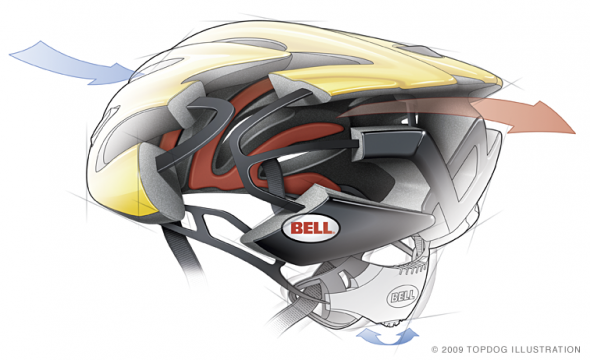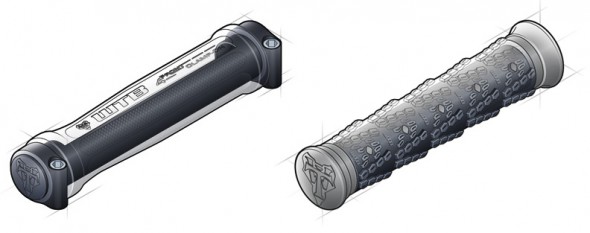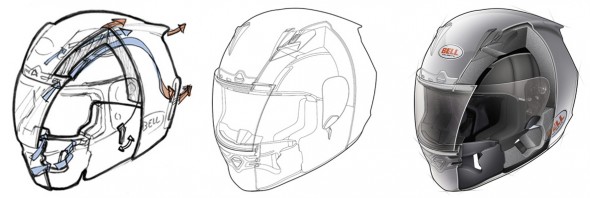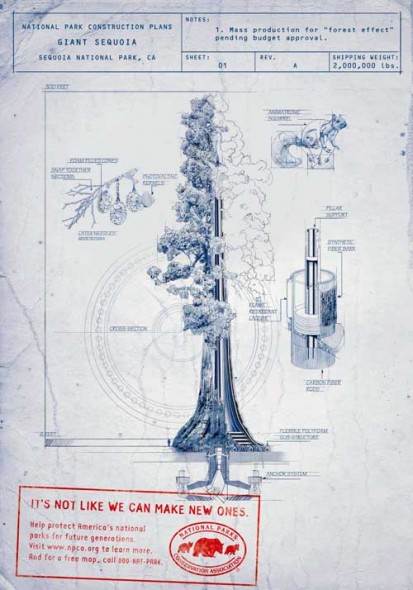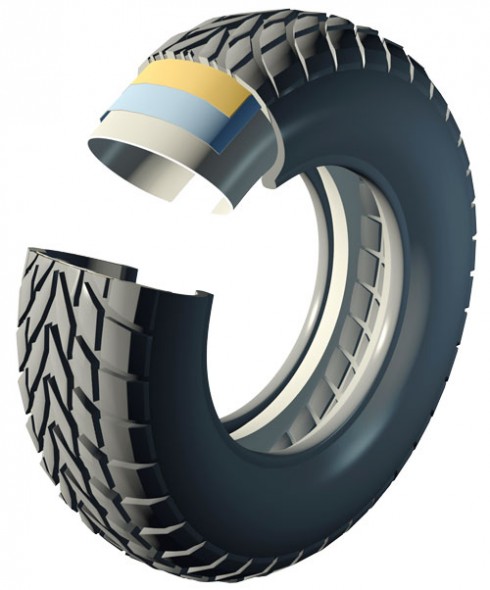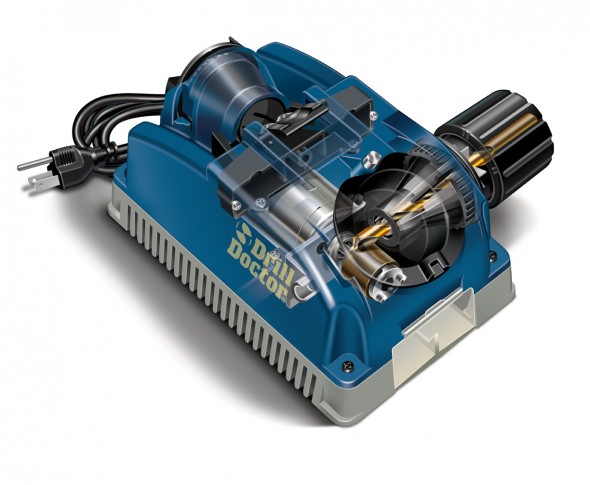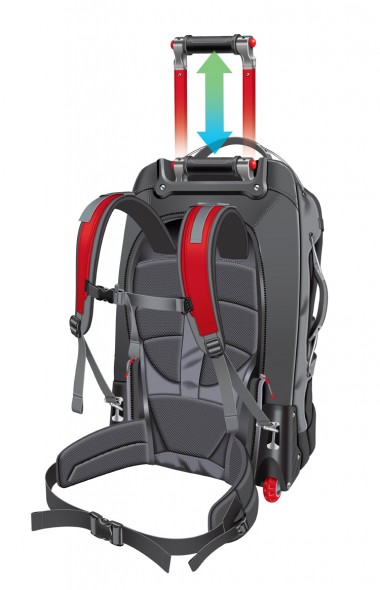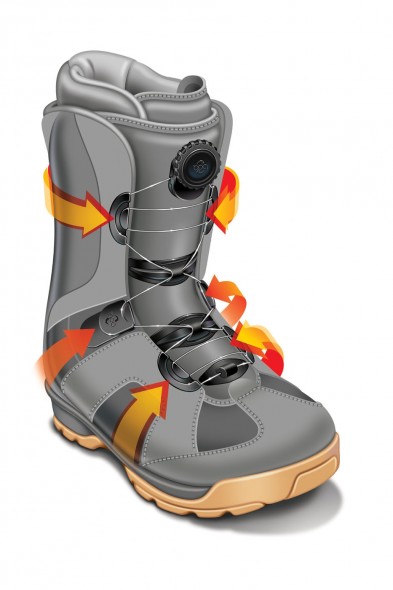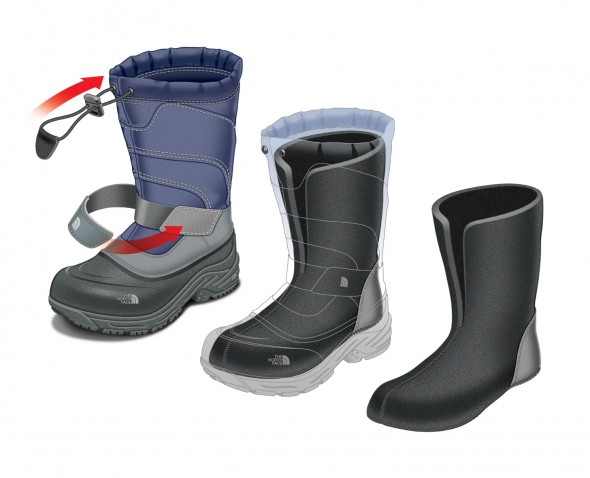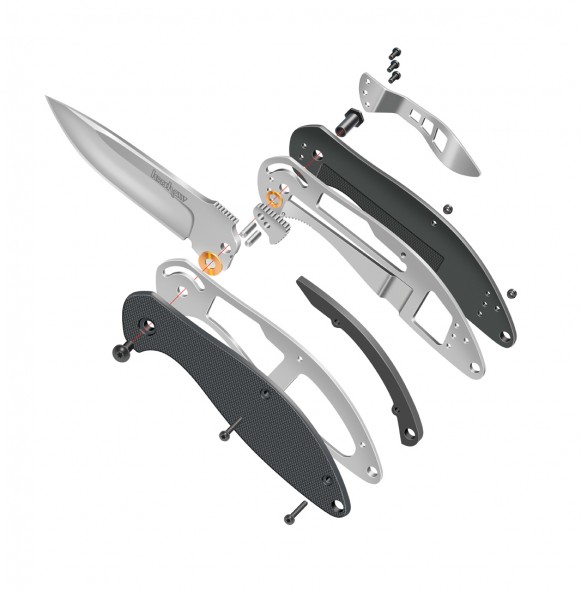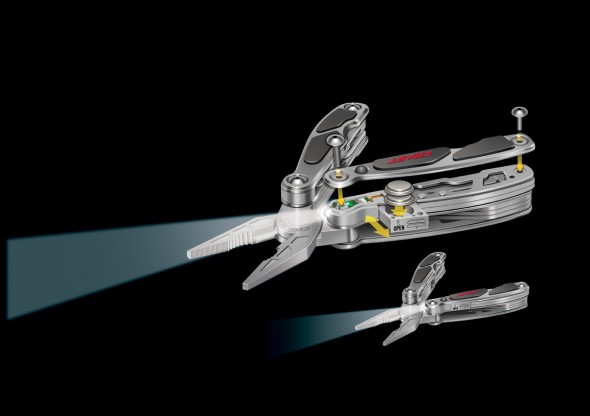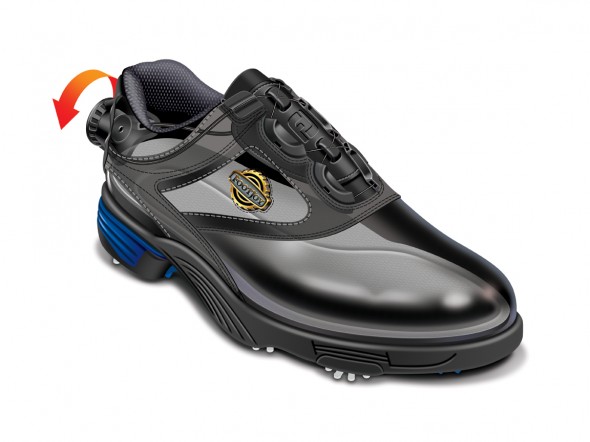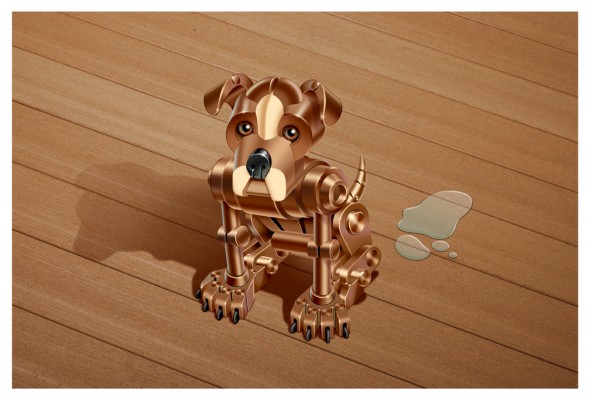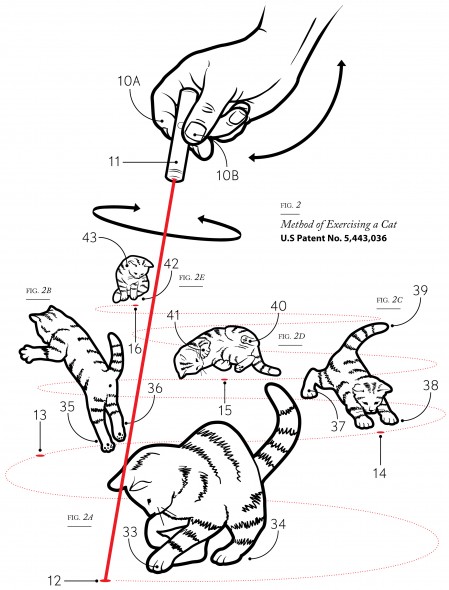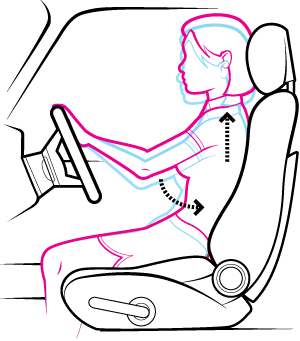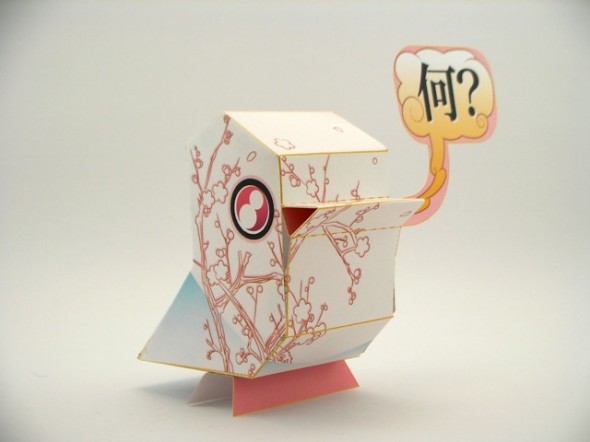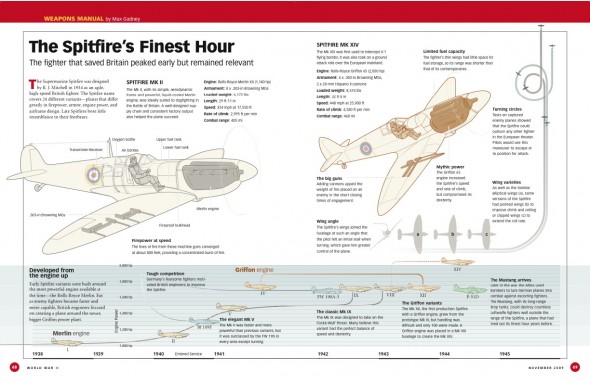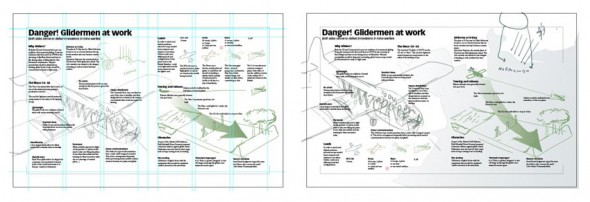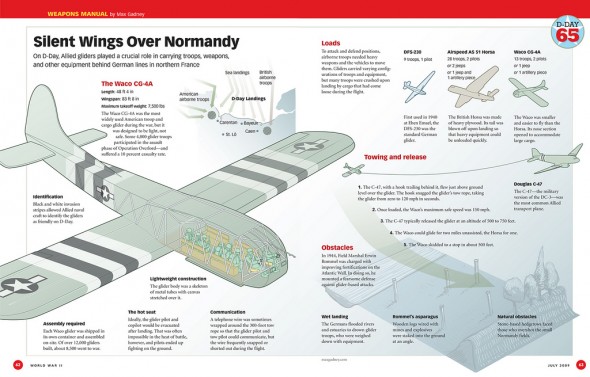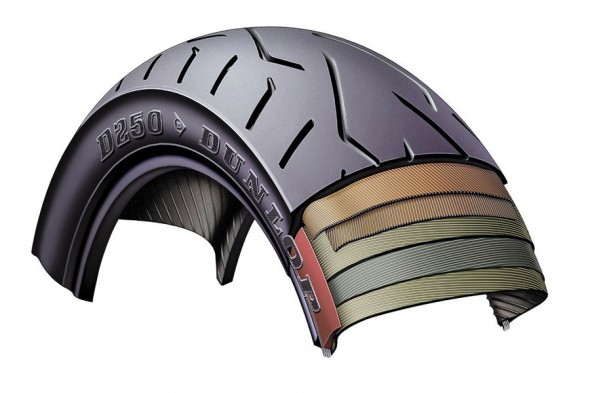Troy Doolittle is an award-winning illustrator by profession & outdoor adventurer at heart, and the artist behind Top Dog Illustration.
What is your background? How did you get into technical illustration?
I grew up in Iowa and for the first 8 years of my career I worked as an illustrator for a fairly large ad agency in Des Moines. I learned a ton there and it gave me a good sense of how to run a business. It also taught me how important the client/agency relationship is and what kind of pressure agencies are under to do good work and deliver on time. Missing a deadline is not an option and that discipline really helps me focus on my day-to-day work.
Are you a freelancer or in-house illustrator?
While I was employed at the ad agency I started doing a lot of freelance illustration work for companies in the area. Once it got to the point that it was interfering with my day job, I decided to strike out on my own and start TopDog Illustration. Within a couple of years I decided I needed a larger metropolitan area to feed off of so I moved to Mountain View, California. That’s also about the time I started marketing my work nationally in the source books and that really helped diversify my client list. Since then, I moved a few miles south to San Jose and continue to do work for clients on the east coast as well as here in the Bay Area.
What software do you use to create your work?
After I do sketches I render everything in Adobe Illustrator. For my high-end cutaways I’ll then import that work into Photoshop, piece-by-piece. This helps me create the layers I need for rendering shadows, texture and highlights.
What are your favorite types of projects?
Over the last several years the bicycle industry has become a very important part of my business. I’m also an avid cyclist so it’s a great opportunity for me to combine my passions. When I look back at my work and think about which projects turned out the best and why, it’s almost always work for the bike industry. I attribute this to a couple of things; their passion comes through over the phone when they talk about their products and they completely trust that I’ll deliver what they want. Very few clients in other industries exhibit that kind of confidence. When someone believes in your work, you believe it yourself and the end result is a better illustration that in turn helps their company sell more product.
Any advice for illustrators just starting out?
There are a lot of headwinds facing content creators these days and it can be tough for artist to see how their individual decisions impact their fellow illustrators. But every decision every artist makes collectively has a tremendous impact on our trade. The only way to have a say in the future of illustration is to retain the copyright to their work. This at least gives you control over your creative content and won’t cheapen the future value of everyone’s work.
Whenever I have to review a contract for a project, I ask myself this: Could this potentially limit me in whom I can do work for or what I can create? If the answer is yes, I don’t sign it. If the answer is no, I sign it. Because if you want to protect the long-term value of your creative work and your business, you can’t let companies dictate who you work for or what type of creative work you hope to do in the future. Retaining the authorship rights (copyright) to your work is the only way to protect that.
Troy’s portfolio can be found at TopDog Illustration, and further information about his process at his blog.
